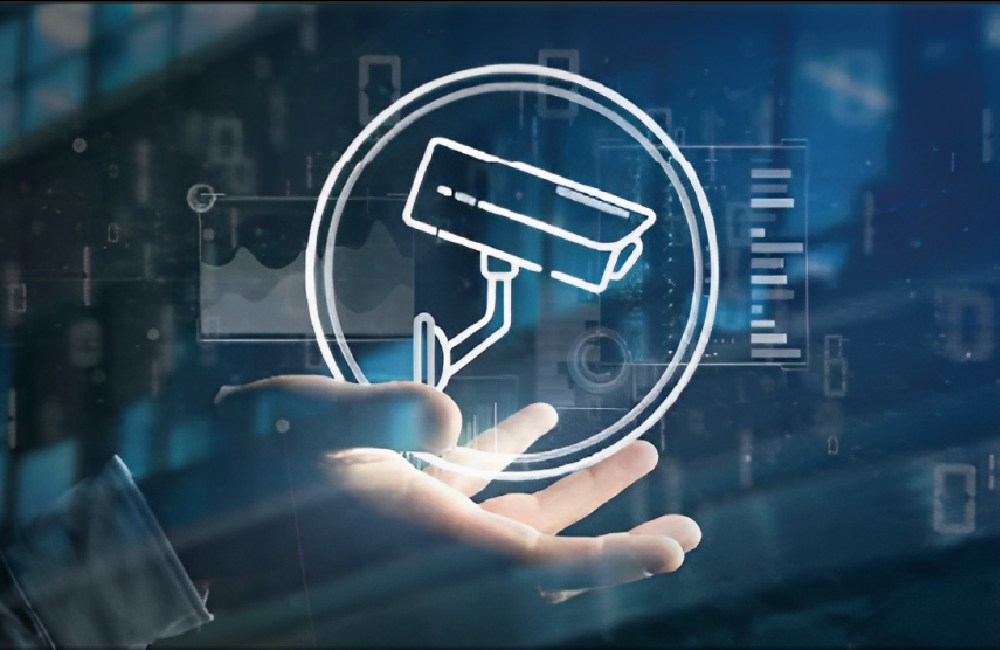Designing an effective industrial surveillance system requires strategic planning. In high-risk environments like oil and gas, marine, or chemical facilities, surveillance solutions must be both reliable and resilient.
Start by assessing the specific needs of the site—consider lighting conditions, potential hazards, and the level of threat. Choose explosion-proof or weather-resistant cameras when operating in extreme conditions. Ensure the system supports high-resolution imaging and real-time video streaming to capture critical events clearly.
Next, integrate video analytics and remote monitoring. Features such as motion detection, AI-based alerts, and remote access improve response times and operational efficiency.
Network infrastructure also plays a vital role. Use reliable connectivity with enough bandwidth to handle video data without interruption. Consider edge devices that can store footage locally in case of network failure.
Finally, maintain compliance with industry standards and local safety regulations. Routine inspections, firmware updates, and cybersecurity measures will help keep the system secure and operational.
By following these guidelines, businesses can build surveillance systems that enhance safety, reduce downtime, and protect valuable assets in hazardous industrial settings.




